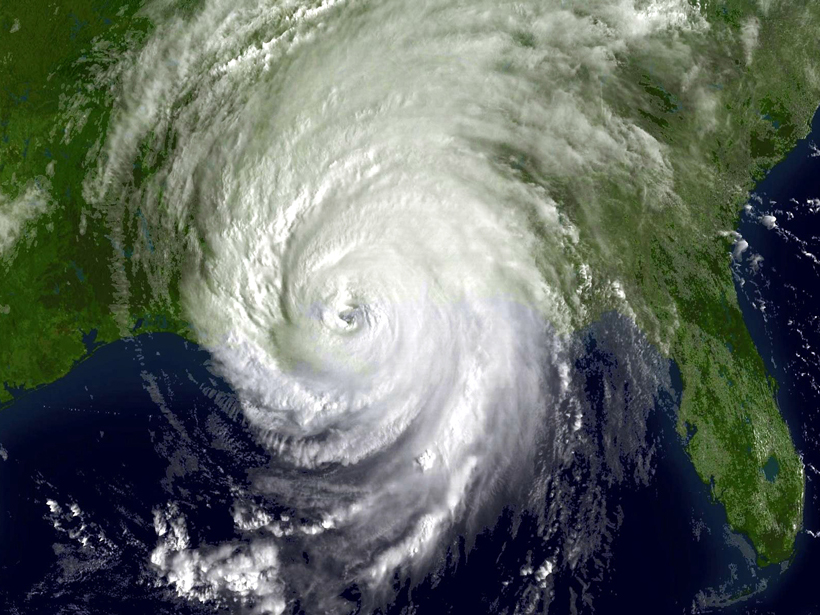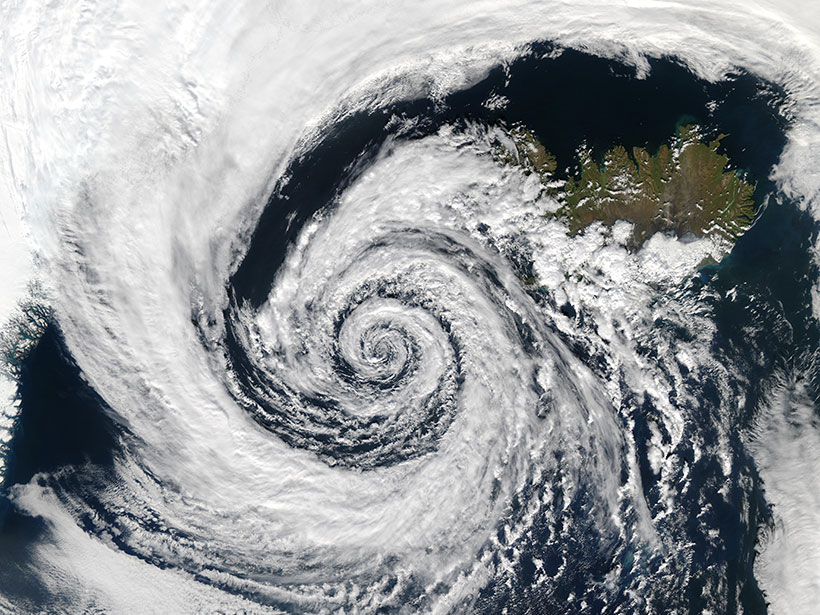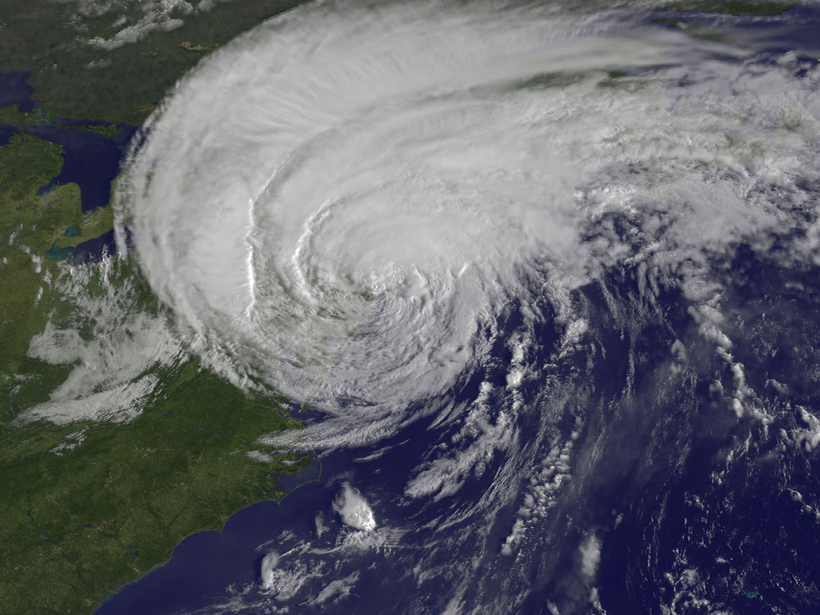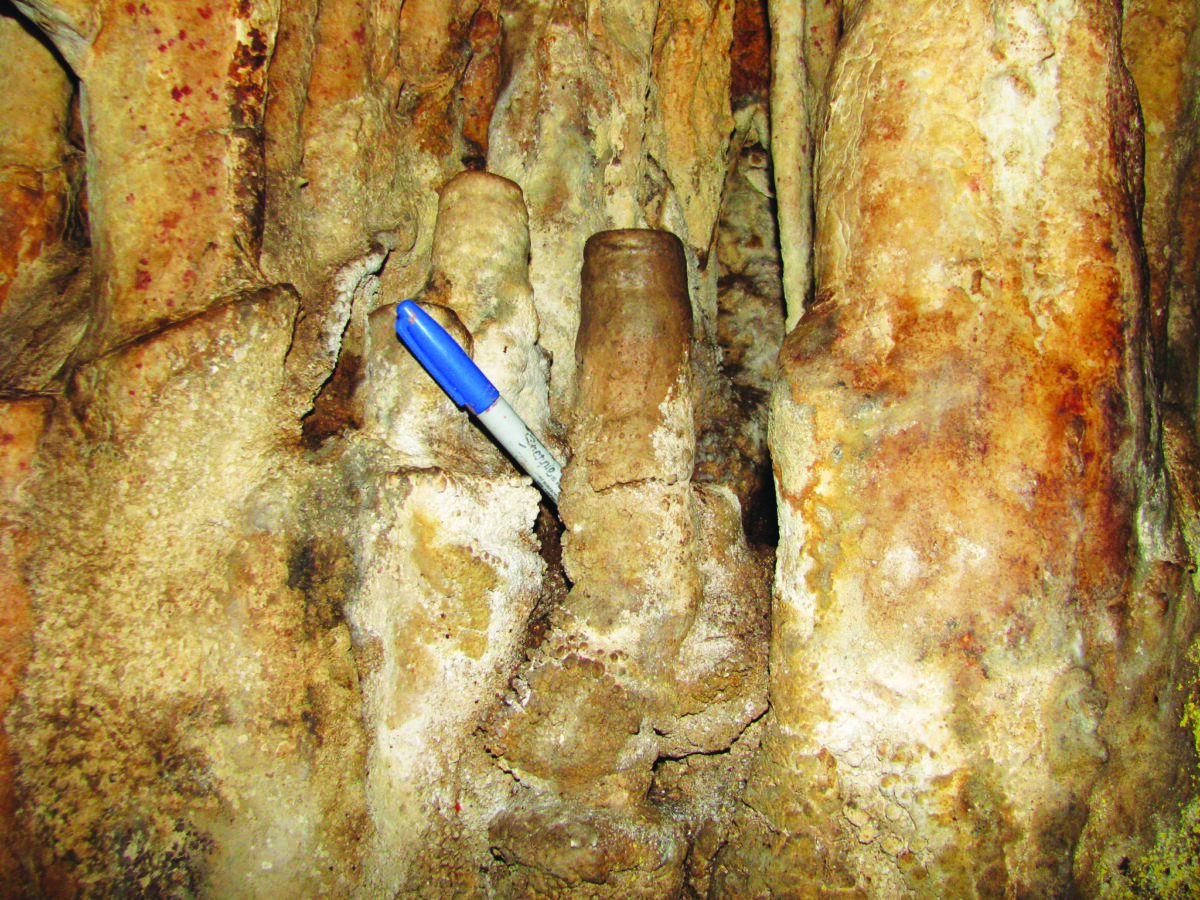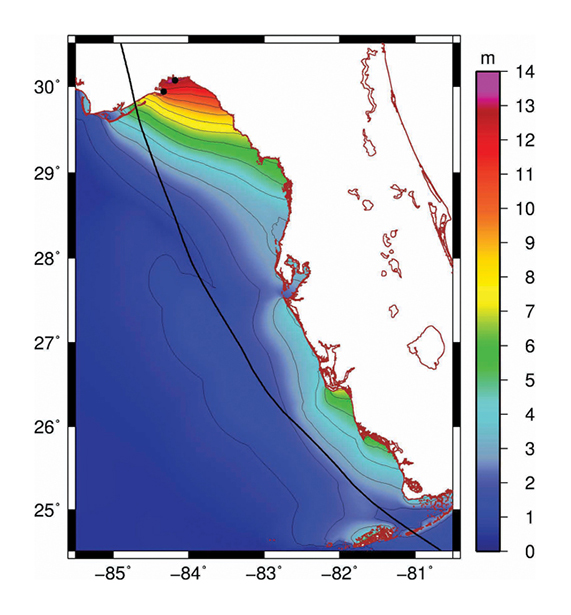New model reveals tropical cyclones could form at lower sea surface temperatures than previously thought.
hurricanes, typhoons, & cyclones
Does U.S. Hurricane Rating Scale Get the Danger Right?
Some scientists think it's time to retire the Saffir-Simpson scale and start fresh.
Ten Years After Katrina: What Have We Learned?
One mitigation strategy—relocating people and sensitive infrastructure to higher ground—eventually will need to be considered as sea level rise accelerates.
Underwater Robot Tracked Ocean Sediment During Hurricane Sandy
Hurricane Sandy moved a lot of debris, but where did it all end up?
Historic Warm Periods Shed Light on Future Cyclones
Researchers look back in time to help understand our warmer future.
Historic Hurricane Data Give a Warning for the Future
Sediment cores from a Massachusetts pond help suggest that as ocean temperatures rise, the occurrence of severe hurricanes along North America's Atlantic coast will increase.
Sea Level Rise Added $2 Billion to Sandy's Toll in New York City
The storm surge affected 11.4% more people and 11.6% more housing units than it would have without sea level rise.
A Dearth of Hurricanes Cannot Explain Maya Collapse
Mud layers in a stalagmite from a cave on the Yucatán Peninsula show hurricane activity was steady or elevated throughout the Maya collapse.
History of Storm Surge in Florida Strongly Underestimated
Florida’s sediment record reveals surprising new information about the frequency of large hurricanes hitting the state.



